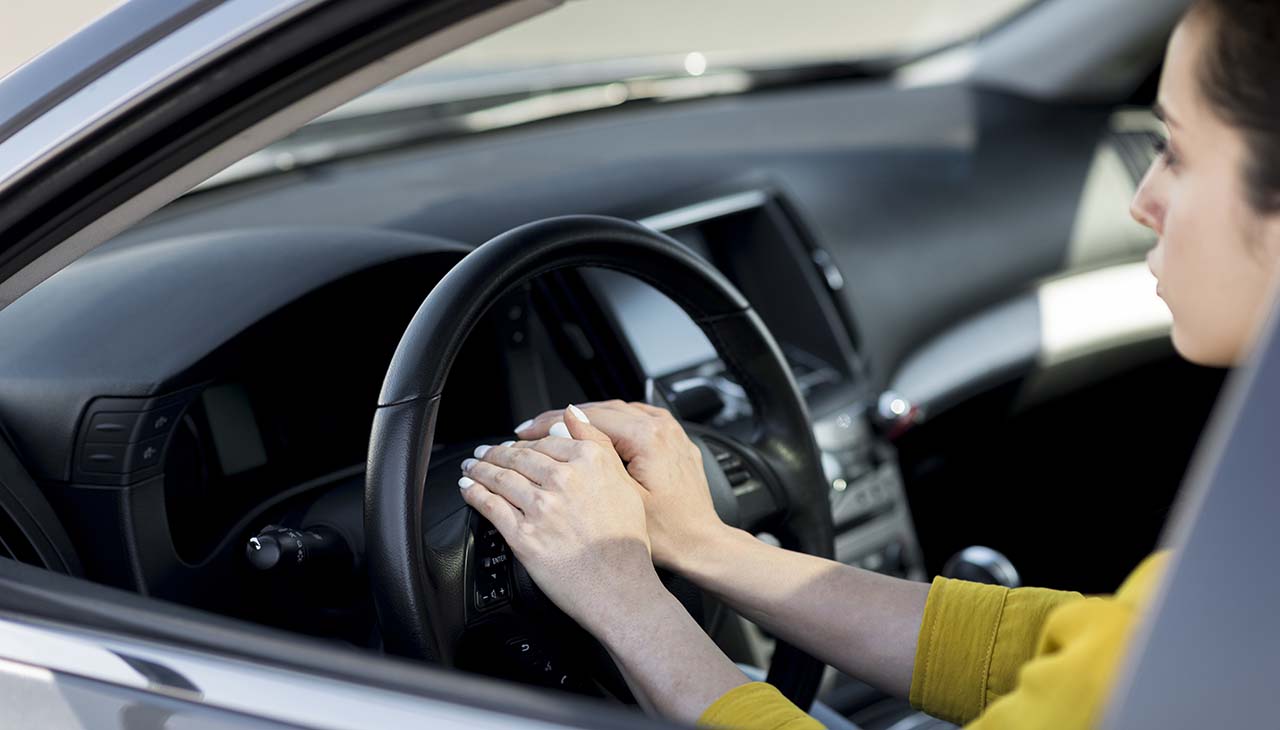In the rapidly evolving landscape of automotive technology, advanced safety features have become a pivotal focal point, offering a new level of protection and peace of mind for drivers and passengers alike. These features, once exclusive to luxury vehicles, are now becoming standard in many mid-range and even entry-level cars, marking a significant shift towards prioritizing safety on the road. This document aims to demystify these sophisticated safety mechanisms, exploring their workings, benefits, and the role they play in the future of driving. From autonomous emergency braking systems to adaptive cruise control and lane keep assistance, we will provide a comprehensive overview of how modern cars are being equipped to not only react to potential hazards but also anticipate them, ensuring a safer driving experience for everyone.
Adaptive Cruise Control
Definition and Functionality
Adaptive Cruise Control (ACC) is an advanced driver assistance system that automatically adjusts a vehicle’s speed to maintain a safe distance from vehicles ahead. By using radar and sometimes cameras, ACC can detect the speed and distance of the vehicle in front and modulate the throttle and brakes to keep a predetermined buffer zone, enhancing comfort during highway travel and reducing driver fatigue.
Benefits for Driver Safety
The primary benefit of Adaptive Cruise Control is its contribution to road safety. By maintaining a constant distance between vehicles, ACC can significantly reduce the chances of rear-end collisions caused by sudden stops or inattentive driving. Additionally, it alleviates the stress of long drives and heavy traffic by automating speed control, allowing drivers to focus more on their surroundings and less on speed adjustment.
Industry Trends and Adoption Rates
The adoption of Adaptive Cruise Control is on the rise, with an increasing number of vehicles across all segments being equipped with this technology. Originally a feature found only in luxury or high-end models, ACC is now more widely available due to advancements in technology and a push for greater safety features in vehicles. This trend is indicative of the industry’s shift towards integrating more autonomous driving features into everyday vehicles, aiming to make roads safer and driving more enjoyable.
Lane Departure Warning Systems
How It Works
Lane Departure Warning Systems (LDWS) are designed to alert drivers when their vehicle begins to drift out of its lane without the turn signal being activated. Utilizing cameras mounted on the front of the car, these systems detect lane markings on the road and monitor the vehicle’s position within those markings. If the system identifies an unintentional lane departure, it alerts the driver through visual, auditory, or haptic signals, such as steering wheel vibrations, enabling the driver to correct the vehicle’s path and avoid potential accidents.
Impact on Accident Prevention
The impact of Lane Departure Warning Systems on accident prevention is significant, particularly in preventing collisions caused by distracted or fatigued driving. By providing early warnings for unintentional lane departures, LDWS can give drivers a crucial window of time to react and readjust, reducing the likelihood of side-swipe accidents and off-road crashes. Studies have shown that vehicles equipped with LDWS have a lower rate of accidents related to lane drifting, underscoring the effectiveness of these systems in enhancing road safety.
Variations Across Different Car Brands
While the fundamental principle of Lane Departure Warning Systems remains consistent, the implementation and additional features can vary significantly across different car brands. Some manufacturers integrate LDWS with steering assistance, offering not just warnings but also corrective steering actions to gently guide the vehicle back into its lane. Others combine LDWS with Adaptive Cruise Control and other safety features to create a more comprehensive driver assistance package. The sensitivity, types of alerts, and the integration with other systems can differ, with some brands offering customization options that allow drivers to adjust settings according to their preferences. This diversity reflects the automotive industry’s innovation in safety technology, catering to a wide range of driving styles and safety needs.
Automatic Emergency Braking
Explanation of Technology
Automatic Emergency Braking (AEB) is a revolutionary safety technology designed to prevent collisions before they occur or reduce their severity by automatically applying the brakes if an impending collision is detected. Using an array of sensors, including radar, cameras, and laser, AEB systems constantly monitor the vehicle’s surroundings. If the system identifies a potential collision with another vehicle, pedestrian, or obstacle and the driver fails to respond in time, it activates the brakes, potentially avoiding the accident or mitigating its impact.
Real-Life Examples of Accident Prevention
There have been numerous real-life instances where Automatic Emergency Braking has proven its worth in preventing accidents. For example, a driver in a busy city center was distracted momentarily and didn’t notice that traffic had stopped ahead. The vehicle, equipped with AEB, detected the stationary cars and automatically applied the brakes, preventing a high-speed rear-end collision. Another instance saw AEB coming to the rescue on a highway when a sudden traffic jam appeared around a blind curve. The AEB system engaged the brakes well before the driver could react, significantly reducing the crash’s severity.
Effectiveness and Consumer Feedback
The effectiveness of Automatic Emergency Braking systems in preventing accidents and saving lives has been documented in several studies, with findings suggesting a substantial reduction in rear-end collisions and pedestrian accidents. Consumers who have experienced AEB in action often express high levels of satisfaction with the technology, appreciating the added layer of safety it provides. Though some have noted instances of false positives, where the system reacts to a non-threat, the overall feedback from drivers is positive, citing peace of mind and increased confidence while driving. This positive consumer feedback, coupled with the technology’s tangible benefits in improving road safety, has led to a push for making AEB standard in all new vehicles.


